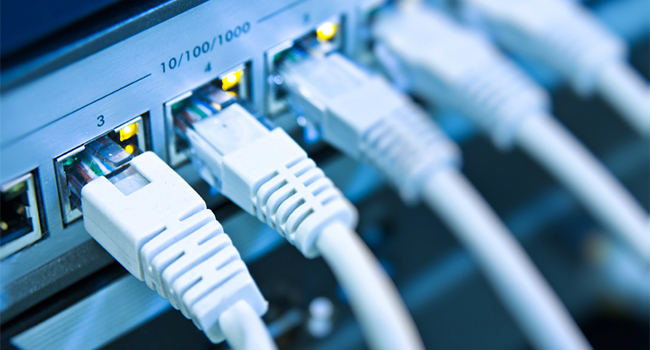 Analyzing and understanding traffic on networks has become increasingly complex as network infrastructure has expanded. Data packet sniffers allow users to intercept data as it crosses networks.
Analyzing and understanding traffic on networks has become increasingly complex as network infrastructure has expanded. Data packet sniffers allow users to intercept data as it crosses networks.
Packet sniffing and IP spoofing fundamentals
To understand how IP booters leverage packet sniffing, it helps to cover some fundamentals. Packet sniffing refers to the process of intercepting data as it crosses a network. On shared networks, sniffed data allows visibility into other devices and traffic in private ways. A packet sniffer captures each packet passing through a network segment and decodes the packet’s raw data. It reveals source and destination IP addresses, identifiers for applications and services, user credentials in plain text protocols, and of course, the payload data itself. Packet sniffing requires a computer directly connected to the same physical network segment as the target device.
What enables packet sniffers to see this traffic at all? Local area networks and switches typically only send data directly between the intended recipient devices, preventing one device from intercepting another’s packets. Spoofing packet headers allows you to masquerade as part of the conversation and receive packets from the switch that would otherwise be filtered away by the sniffer. So by combining packet sniffing programs with IP spoofing techniques, malicious actors peer inside private communications, gathering data for further exploitation with an attack service like an IP booter.
Leveraging packet data for IP booter targeting
The traffic and protocol data gained by packet sniffing grants tremendous insight for profiling targets and understanding weaknesses that are vulnerable to IP booter attacks. For example, a sniffer identifies open ports running potentially vulnerable services. Scanning tools then enumerate which exploits might work against that service version. A packet sniffer detects source IPs and domain requests, mapping out websites and infrastructure that could get targeted.
Packet analyzers also look for visible user credentials in plain text protocols. Any stolen passwords could enable deeper system infiltration to install malware for distributed denial of service (DDoS) botnets. A large botnet grants an attacker more firepower for overwhelming IP Booter floods. Additionally, sniffers glean detailed fingerprints of operating systems and application traffic, revealing deeper infrastructure topology. Maps of network flows between servers show downstream systems that might get impacted by attacking any given point. This reconnaissance data fuels crafting IP booter attacks with greater precision and damage potential.
Sniffing for DDoS vulnerability signals
Beyond directly feeding IP booters intentional attack information, sniffers also uncover weaknesses that indicate DDoS susceptibility even without active exploitation. For example, analysis detects regular server crashes, performance slowdowns, or connection failures under relatively moderate traffic loads. It signifies systems running with minimal overhead capacity that could get knocked offline entirely. Packet captures also spot misconfigured network gear, unpatched services, or outdated software versions that are vulnerable to attacks. Any device or system facing the internet should run the latest secure configurations, but packet sniffing identifies laggards that have gotten overlooked. These vulnerabilities provide attackers easy red flags for targets ripe for IP booter denial of service impacts with very little effort required.






